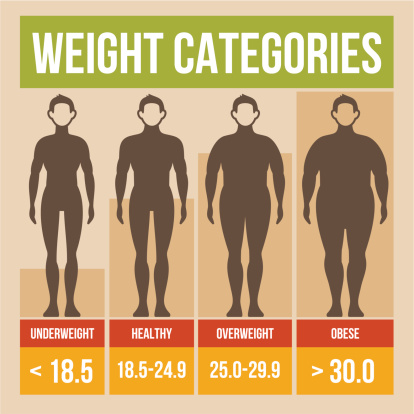 It seems every week there is new research published regarding type 2 diabetes. As a healthcare provider, I continue to follow new developments in this research because there is so much that must be learned in order for us to get a better handle on this pandemic that’s sweeping the globe.
It seems every week there is new research published regarding type 2 diabetes. As a healthcare provider, I continue to follow new developments in this research because there is so much that must be learned in order for us to get a better handle on this pandemic that’s sweeping the globe.
In the U.S., type 2 diabetes is the largest health concern collectively affecting the American population, and it continues to afflict millions, unchallenged.
Most people understand the relationship between diabetes and obesity. It is quite obvious that the diseases of overweight and obesity lead to the development of type 2 diabetes. The process driving the development of diabetes is also instrumental in encouraging excessive weight gain.
Now, recent evidence has pointed to a pattern of excessive weight before being diagnosed with type 2 diabetes that may provide some additional insight into how this disease can be prevented.
Researchers studied 6,705 adults who were not previously diagnosed with diabetes; they examined these adults five to nine times over a 14-year period. During these examinations, the researchers measured participants’ body mass index (BMI) and checked their blood for other important markers associated with the development of diabetes. During the follow-up period, the researchers were able to classify three distinct patterns of body weight activity based on BMI calculations for the group of participants who developed type 2 diabetes during the study.
The most common form of BMI pattern was the “stable overweight” group. This group accounted for 94% of the subjects who developed diabetes and although their BMI did increase over the length of the study, it did not exceed 29.9. The next group was classified as the “progressive weight gainers.” These folks showed a pattern indicating a stable overweight BMI followed by a rapid increase into obesity before diagnosis and a continual increase in BMI into the morbid range. The last group was considered “persistently obese.” This group had BMI values over 30 that were maintained throughout the entire follow-up period.
During the follow-up period, there were 6,060 subjects who did not develop type 2 diabetes. Starting at an average BMI of just under the overweight range of 25, these people saw their BMI slowly increase over 14 years.
What does this all mean to you?
Well, the people who experienced progressive weight gain throughout the study also experienced a consistent increase in insulin resistance, meaning the more body fat they accumulated, the more insulin they produced to control high blood sugar levels. This drove the process of progressive insulin resistance, producing pre-diabetes and eventually ending in a diagnosis of type 2 diabetes.
In the group that was persistently obese, researchers observed a progressive loss of pancreatic function, which caused the eventual inability to secrete insulin in adequate amounts to control blood sugar. This led the group to develop diabetes.
The most common group, the “stable overweight group,” experienced a different pattern relative to their BMI classification. Throughout the study period, these folks experienced a gradual increase in fasting blood sugar and decreased glucose tolerance. This group was experiencing carbohydrate intolerance, a very common condition typically associated with people who are overweight but continue to gain small amounts of body fat over time. The people in this category cannot handle carbohydrates well because of their underlying insulin resistance. Carbohydrate ingestion tends to raise blood sugar rapidly and for extended periods of time. This is a precursor to the diagnosis of diabetes.
No matter what group you fall into, if your BMI is over 25 and your waist circumference is increasing, your efforts in losing excessive body fat must be consistent and continual to avoid the diagnosis of type 2 diabetes.
Sources for Today’s Article:
Nichols, G.A., “Fitness vs Fatness in Diabetes Prevention,” Medscape web site, April 14, 2014; http://www.medscape.com/viewarticle/823282_1.
Vistisen, D., et al., “Patterns of Obesity Development before the Diagnosis of Type 2 Diabetes: The Whitehall II Cohort Study,” PLOS Medicine 2014; 11: e1001602.
